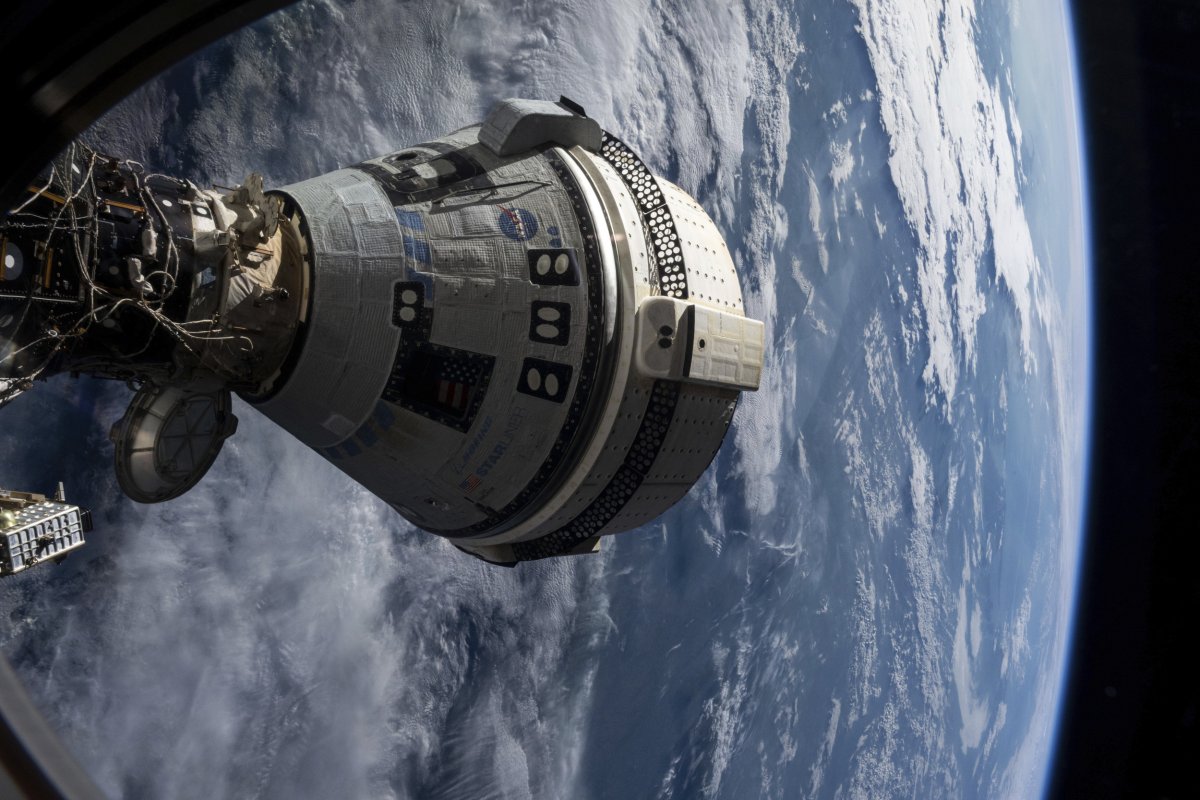As NASA astronauts Butch Wilmore and Suni Williams hurtle toward Earth, with a splashdown expected off the coast of Florida just before 6 p.m. ET Tuesday, the biggest winner in their ordeal will be none other than Elon Musk.
The biggest loser: Boeing.
What was meant to be a short stay for the pair at the International Space Station (ISS) turned into an unexpected nine-month mission. Their intended ride home, the Boeing Starliner capsule that delivered them to the ISS last June, was sidelined due to multiple technical failures, leaving them waiting for a backup plan. That backup came, at long last, courtesy of Musk’s SpaceX.

Starliner, plagued by thruster malfunctions and helium leaks once it docked at the ISS, not only extended their sojourn but also handed Musk a golden opportunity to showcase his company’s dominant position in American spaceflight.
The last-minute reliance on SpaceX’s Dragon capsule underscored the chasm between Musk’s relative upstart company and Boeing, the 108-year-old aerospace giant that has been bedeviled by technical, safety and engineering issues for years. It’s a contrast Musk has been happy to celebrate and exploit, having already posted to X a video of Wilmore and Williams thanking him for their safe return.
The Context
Starliner’s failure was the latest in a series of problems for Boeing, whose space division has struggled to meet expectations. The spacecraft was originally meant to compete with SpaceX’s Crew Dragon under NASA’s Commercial Crew Program. But repeated delays, cost overruns and technical failures have cast doubt over Starliner’s future.
Facing these setbacks, NASA ultimately made the call last October: Starliner would return to Earth—but without its crew. Instead, Williams and Wilmore would wait for a ride home aboard the Crew Dragon, a reality that allowed Musk to score an easy win while taking shots at Boeing, NASA and even the Biden administration for the mess in space.





What to Know
Wilmore and Williams launched aboard Starliner last June, marking the spacecraft’s first crewed test flight—a moment that should have been a milestone for Boeing. But almost immediately, problems emerged. The vehicle’s thrusters failed while docking to the ISS, and ongoing helium leaks made NASA increasingly hesitant to trust the vehicle for the return trip.
Facing repeated setbacks, NASA quietly arranged for the astronauts to return aboard a SpaceX Crew Dragon instead. The plan had been in place since August, but when the details emerged publicly, Musk turned it into a political wedge, accusing Biden of “stranding” the pair for “political reasons.”



